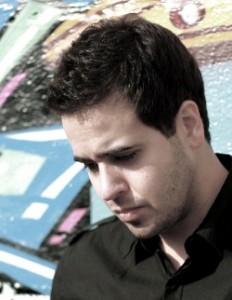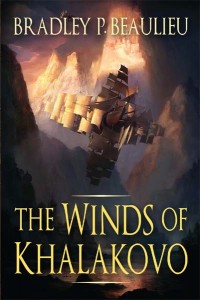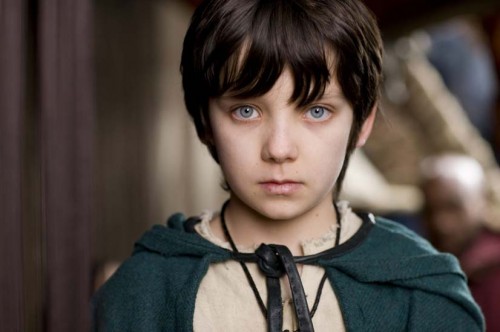 From the press release:
From the press release:
Bella Pagan, Senior Commissioning Editor at Tor UK, an imprint of Pan Macmillan, has acquired world rights to the first two volumes of a fantasy series by Mark Charan Newton. The agent was John Jarrold.
The first book in a series provisionally titled DRAKENFELD introduces the eponymous hero, an investigator. The series is set in a fantasy world, but will appeal to fans of historical mysteries. In this opening volume, Lucan Drakenfeld is called home after the death of his father – but is immediately thrown into the investigation of a royal death. He also finds that his father’s demise is not as clear-cut as it at first appears…
Pagan said ‘Mark writes compulsive adventures set in utterly convincing new worlds – he’s a terrific writer. I couldn’t ask for a better start to my new position at Tor UK than this first deal’.
And Mark’s own thoughts on Drakenfeld:
A little more? It’s very much a fantasy novel, but equally a crime novel, with a locked-room mystery at the heart of it. Whilst I’ve dabbled with the odd crime sub-plot before, it was mainly a pastiche – Drakenfeld is much more committed to the crime genre, perhaps along the lines of the CJ Sansom novels. (It needs to be rewarding for readers of both genres.) The world is very much a classically inspired setting (Ancient Rome in particular), and there virtually no weirdness. I’m also really enjoying writing the Drakenfeld novel, much more so than any of the previous series, and especially the locked-room element: the impossible crime.
The most divisive and recognizable element in Newton’s writing isn’t necessarily his weirdness (though that’s certainly an aspect that separated Legends of the Red Sun from the many more traditional Epic Fantasies that flood store shelves), but more for his slippery, interesting prose that draws comparisons (whether apt or not) to other ‘weird’ authors like Mieville and and Vandermeer. Newton’s prose fits perfectly with the weird dystopian fantasy world explored in Legends of the Red Sun, lending atmosphere and a unique voice to his novels. I’m not convinced, though, that this style of prose would work so well in a more traditional Fantasy/Crime novel that has ‘virtually no weirdness.’ It will be interesting to see if Newton adopts a new voice to compensate for this change of tone, or if the echoes of his ‘weird’ lineage permeate the new work.
Either way, I’m a fan of Newton’s work and love the idea of him changing gears and working on something entirely new. Drakenfeld is currently slated for release in 2014, though Newton hints that there might be a possibility of a 2013 release.





